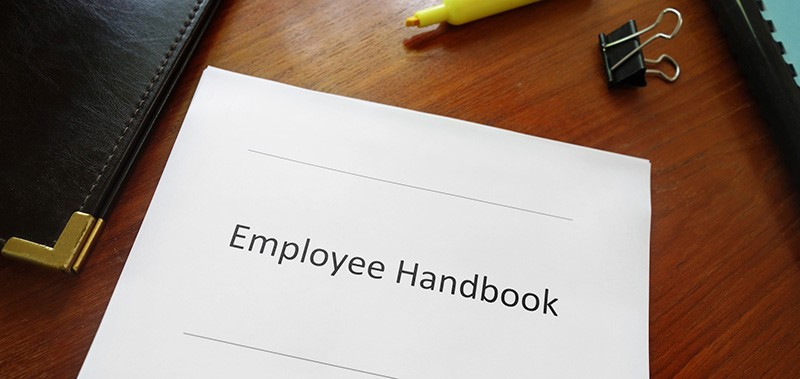
No matter the size of your business, you can certainly benefit from having a strong employee handbook in place. This document should be user-friendly, and should clearly outline your company’s specific policies as well as any required information to keep your company in compliance with local and federal labor laws. You should also be sure to lay out roles and responsibilities for all employees, from full time to part time to contract workers. Having roles and responsibilities clearly defined can only improve your business. Here are a few ways to create and build your first employee handbook or update your existing one.
Strike the Right Tone
Creating an employee handbook that actually gets opened can be something of a tall order. Take a casual approach in order to make it super user-friendly, and you may leave out key information in favor of a welcoming vibe. But if you focus only on the business at hand and ignore tone altogether, you run the risk of boring your employees to the point where they don’t use the handbook as the resources that it could be. Opt for a well-organized, informative document that communicates what you need to in an efficient manner that’s also appropriate to your workplace culture.
Consider Your Content
Once you have a handle on tone, you also want to make sure that your content is top notch. A template will help you determine exactly what to include, and you should also keep in mind the many purposes that an employee handbook can serve as you develop your content. Including required local, state, and federal information is key, and you may also consider the following list of “must include” Employee Handbook items as cited by the Wall Street Journal:
- An overview of the company, including a brief history and the company’s mission statement
- A list of products and services offered
- An organizational chart that lists full time, part time, and contract employees
- Clear descriptions of the roles and responsibilities for full time, part time, and contract employees
- Company specific policies, which could include some or all of the following: schedules; benefits, including paid holidays, vacation, and insurance; conduct and dress code; protocols for promotions, terminations, and grievance policies; and overtime
- Policies regarding harassment and discrimination; drug and alcohol use; employee safety; and protocols regarding the use of company property
Once you have a decent working draft, be sure to solicit feedback from your management team, and consider taking input from both full time and contract employees to ensure the final product is easy to use, accurate, and helpful to both management and front line staff.
One Last Thing
Make it easy for your employees to communicate with you while streamlining the entire process for your management team. For example, you could take the headaches out of the experience of a worker calling out sick with MAP Communications employee call out lines. Or provide your company with an anonymous whistleblower hotline. You can even establish an employee hotline for emergency situations to make sure everyone knows what they need to do. Any of these are great ways to improve your organization’s culture of communication.
For more information on how MAP Communications can help you set up your employees and business for success, contact us today.
Here are some related articles you might be interested in:
Creating a Pleasant Work Environment for Employees
Make the Most of Your Staff’s Time with an Answering Service


